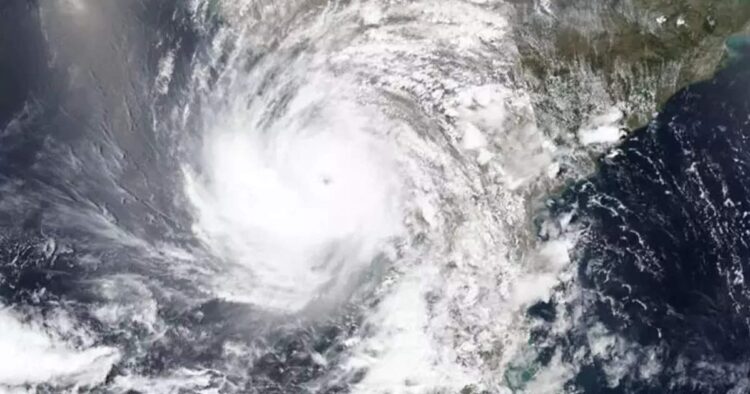Officials tracking weather patterns in the Bay of Bengal have issued alerts regarding the likely formation of a low-pressure area over the southwest Bay of Bengal by May 22.This system is predicted to move northeastwards, potentially concentrating into a depression over central parts of the Bay of Bengal by May 24.
Meteorologists have indicated the possibility of this depression intensifying into a cyclone, marking the first cyclone of the pre-monsoon season. The trajectory of this cyclone could significantly affect the upcoming monsoon season, with potential consequences for both Bharat and Myanmar.
Experts Assessing Cyclone Potential
Climate scientist Roxy Mathew Koll from the Indian Institute of Tropical Meteorology highlighted the conducive conditions for cyclone formation in the south Bay of Bengal. Warmer sea surface temperatures, ranging 2–3°C above normal, coupled with the presence of the Madden Julian Oscillation (MJO), create favorable conditions for cyclone development.
The MJO, characterized by eastward-traveling cloud bands and winds over warm ocean waters, serves as a trigger for cyclone initiation.
However, the northward progression of the monsoon could potentially suppress the vertical formation of the cyclone, leading to its development into either a monsoon depression or a weak cyclone of short duration.
Monsoon Onset Predictions
The India Meteorological Department (IMD) has forecasted the onset of monsoon over Kerala around May 31. However, the potential cyclone in the Bay of Bengal could influence the timing and intensity of the monsoon onset.
IMD has issued warnings for heavy to very heavy rainfall over North Odisha and Gangetic West Bengal on May 24 and 25, anticipating the impact of the approaching cyclone.
In anticipation of the cyclone, authorities have issued advisories for fishermen, urging them not to venture into the central and North Bay of Bengal from May 23 onwards. Squally winds reaching speeds of 40-60 kmph are expected over these regions, accompanied by rough to very rough sea conditions. Fishermen currently at sea are advised to return to the coast before May 23 to avoid potential hazards.
Meanwhile, northwestern Bharat continues to experience severe heat wave conditions, with temperatures soaring across several states. Heat wave warnings have been issued for the plains of Northwest India, with severe heat wave conditions observed in parts of Haryana-Chandigarh-Delhi, Punjab, and other regions.
Temperatures have reached as high as 47.8°C in Najafgarh (Delhi) and 47.7°C in Agra (West Uttar Pradesh), exacerbating the already intense heat wave conditions prevailing in the region.
As the cyclone situation evolves and heat wave conditions persist, authorities and communities remain vigilant, taking necessary precautions to mitigate potential risks and ensure public safety.















Comments